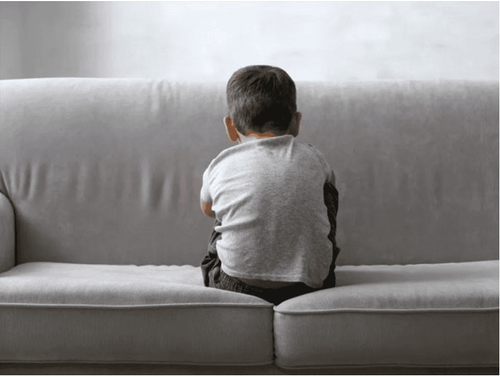This is an automatically translated article.
The article was written by Master, Doctor Quach Thuy Minh - Pediatric Psychiatrist - High-Tech Unit for Treatment of Cerebral Palsy and Autism - Vinmec Times City International Hospital.Communication is the process of sending information and in response, there is an exchange between two people. There are two types of communication: verbal communication and non-verbal communication (non-verbal communication, communication by gestures, by pictures). Communication is directed towards others including the following abilities: paying attention by looking, listening, waiting; copy; play, share and cooperate; understand other people's speech, writing, pictures, actions, gestures, facial expressions, conversations, verbal and written communication,...
1. Difficulties in communicating with children with autism
It is important to recognize the basic communication difficulties of autistic children, because children often have manifestations such as:Poor orientation to social stimuli, failure to shift attention between people and objects, failure to share positive emotions, not drawing other people's attention to things, fear, maladaptiveness, reduced social interaction. Do not use common gestures or gestures. Slow to speak or speak only single words, phrases, parody, not using communicative language; do not understand the figurative meaning of the sentence. Speech comprehension is often slow, affecting cognitive development. Reduce attention to surroundings, only pay attention to what children like. Hyperactivity: Not sitting still, less restrained, asking for something right away, resisting, crying, angry, agitated, etc., making it difficult for children to learn. Suggested video:
Educators must understand how children with autism communicate and then find ways to help children communicate appropriately. In order for children to respond to communication, it is necessary to:
Make a list of things the child likes and follow the child's lead. Name things your child wants or sees. Give your child pictures, symbols, or symbols that they want. Give your child a chance to choose. Praise your child when he or she shows any signs of communication. Create opportunities for children to socialize while they go to school and play with other children. The teacher needs to understand the child:
Knowing the child's cognitive ability to teach the child appropriate for the level of development, for example, a 3-year-old child but the cognitive ability is only equal to that of a 2-year-old child, only apply the lesson to children. 2 year old child. Know the child's level of communication development to choose the appropriate teaching method Know what the child likes: Food, toys, activities the child likes to create a need for communication and use it to encourage the child to do something . Children with autism often have the ability to learn by sight, good spatial memory, so visual tools should be used to teach children.

2. Ways to enhance communication with children with autism
Call the child's name often, always make eye contact when talking to the child, bring the toys to eye level for the child to see, have accompanying communication gestures to make it easier for the child to understand and pay attention. Teach gestures in communication. Teach a child something that must be repeated over and over again so that the child can remember or master it gradually. Rotating activities, in turn, let children know that someone has me, knows how to interact with others. Hand gestures or verbal cues to facilitate the child to do the desired thing. Keep the fun constantly to keep the children interested then they maintain their attention and want to continue learning and interacting.

3. Activities that enhance communication
Take turns playing with your child's toys in different ways. Games with people: play peek-a-boo, tickle, hide-and-seek, chase, scissors, nun nun, bouncing around on horseback, swinging arms,... Help children understand what their parents say: Just say sentences short, speak slowly, emphasize key words and give clear instructions. Communication by pictures: Using a system of pictures and symbols reflecting reality to teach children to use in communication, follow a schedule or order of steps, express needs, choose opportunities,... children in daily work: eating, cleaning, doing some housework,... Using music. Watch books together, read books: Tell stories by pictures, retell stories.
Please dial HOTLINE for more information or register for an appointment HERE. Download MyVinmec app to make appointments faster and to manage your bookings easily.
Recommended video:













